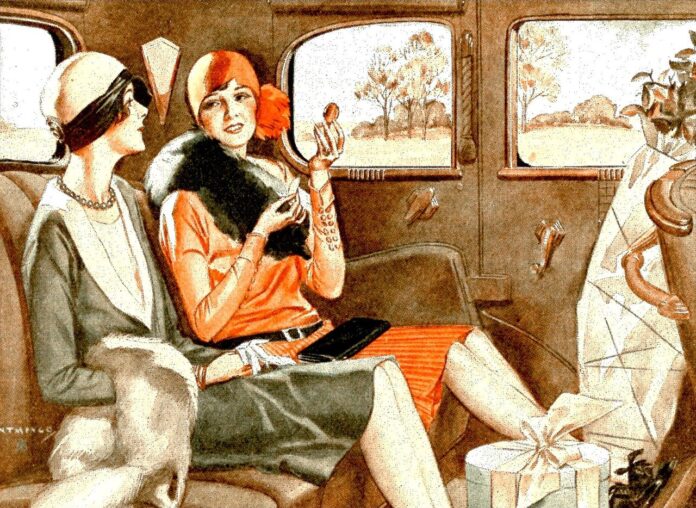Explaining to my kids what snow days used to be like, I suddenly realized how old I sounded. In my day, I had to intently watch school names scrolling across the bottom of the television screen. My fingers crossed, I would wait for the alphabetical order to start over, hoping to see my district.
Now, two emails, three texts and automated phone calls alert families the night before an impending storm. I probably sounded as old as my grandpa when he would start out, “Back in my day…”
He always liked to remind me that he went to school in the snow in a horse-drawn sleigh, and since he was born in 1917 in Ashtabula County, Ohio, this is most likely true!
A random snow day does bring some sparkle to our dreary winter. In my attempt to embrace the winter months, I have continued walking and hiking outside, hoping to soak up some rare sunshine. I forge forward even if the temperature drops in degrees down into the frigid range. I have made my attempts at outdoor fun with cross-country skiing, sledding and snowman building.
However, if I’m being completely honest, my favorite winter activity is still sitting inside in the winter under a cozy blanket, next to a fire — or at least a candle — and reading a good book. I enjoy some non-fiction books, especially self-help or gardening books, but my absolute favorite is historical fiction.
Interesting question
Cold spells and snowy conditions have provided more downtime for reading and conversation. My daughter posed a unique question to me, and I had little hesitation in answering.
She asked, “If you could live in another decade, what decade would you pick?” I came to an answer pretty quickly when I chose the 1920s, specifying the early portion, before the Great Depression.
As a seasoned daydreamer, I was able to paint a pretty picture. I would have lived in a newly built Craftsman home that was ordered from the Sears Roebuck and Co. catalog. I would have jumped on the trend and cut my hair short in the new bob style and donned a cloche hat.
I’m sure there would’ve been some inconveniences in the early half of the decade. While over half the American homes had electricity, it was extremely rare for a house to have both indoor plumbing and electricity.
However, life was simpler then and self-sufficiency was a way of life. Coffee was only $.24 per pound. People without chickens could buy eggs for $.35 or skip the baking and buy a loaf of bread for only five cents. The economy was on the upswing in the early 1920s before the Great Depression and World War II.
Women were starting to have more freedom and gained the right to vote when the 19th Amendment was added to the Constitution, although some southern states still prohibited Black women from the right to vote with Jim Crow laws. Native Americans were also able to vote after the Snyder Act of 1924.
One major disadvantage of the time was the lack of communication. Most people learned of noteworthy events in the local paper. Very few people had their own radios before 1920; they were more common by the end of the decade.
I pondered this decade from the warmth of home while a winter storm raged outside. I had to admit I embraced our modern ability to forecast the weather and broadcast warnings.
Knickerbocker Storm
There are several horrific tales from the 1920s when the weather drastically changed and people were unaware and unable to prepare. One of the most famous winter storms from the 1920s was nicknamed the “Knickerbocker Storm.” It was given this name due to the tragic collapse of the roof of the Knickerbocker Theatre in Washington, D.C., Jan. 28, 1922.
While 900 people gathered to watch a silent black and white movie, the flat roof collapsed under the weight of 28 inches of snow. The falling structure and debris claimed the lives of 98 people.
The snow had fallen in two days with little to no warning. Before the snow started falling on Thursday, newspapers reported, “snow or rain likely today or tomorrow.” By the end of the storm, the stretch of railroad between Philadelphia and Washington was covered in snow 36 inches deep with snowdrifts nearing 16 feet.
A century has brought much improvement in sound architecture, weather prediction and mass communication. My fantasized version of the Roaring Twenties was flawed, but I am left with contentment and more grace for our current meteorologists.
Heavy snowfall and time travel was a lot for one morning, it might be time to start researching cabin fever.













